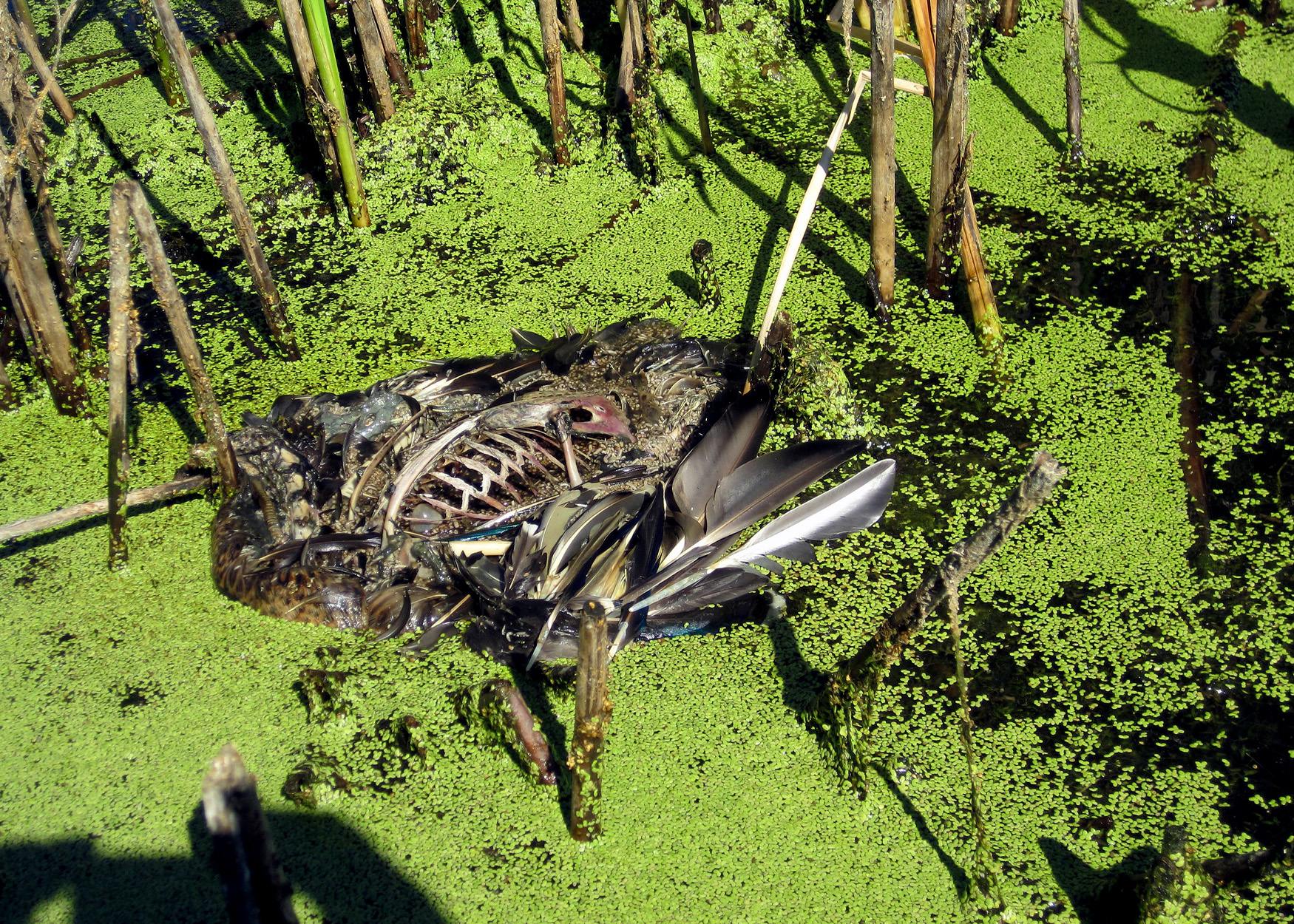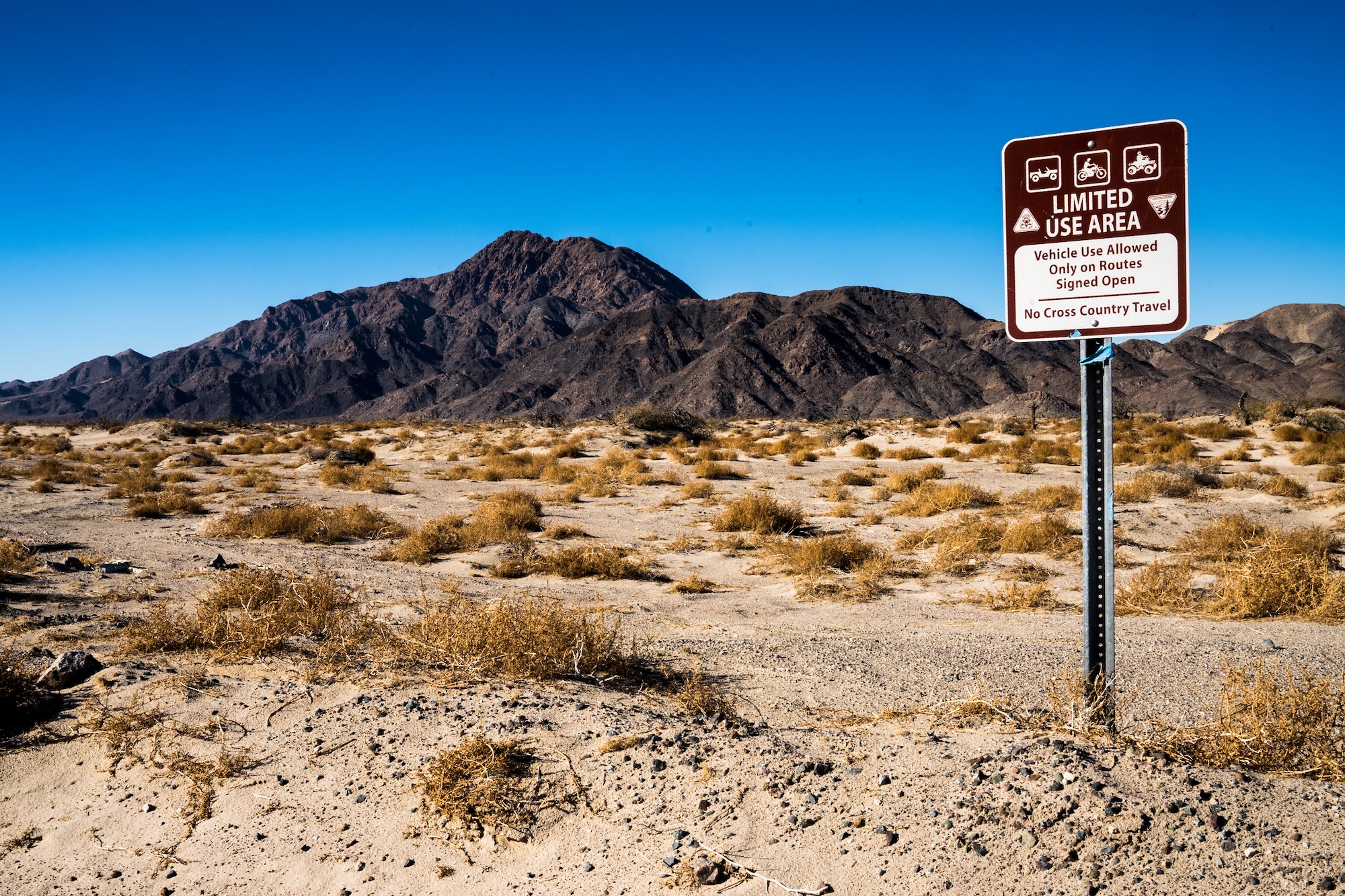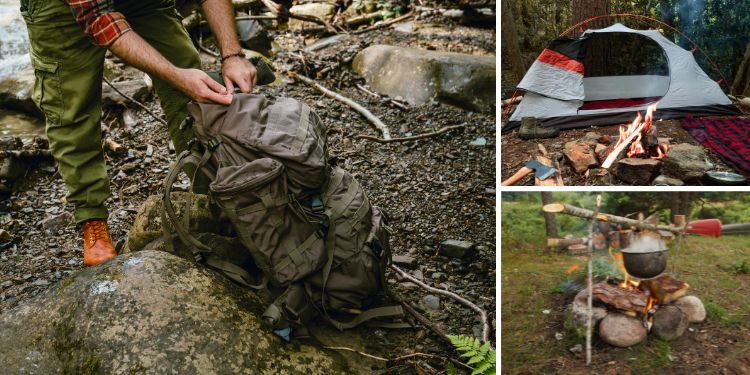Hundreds of Ducks Dead in California Amid Reports of Avian Flu and Botulism

Avian botulism has broken out at the Klamath Basin National Wildlife Refuge Complex following a stretch of hot weather and water stagnation in the refuge complex’s wetlands, according to the California Waterfowl Association. CWA biologists were in the field conducting research on resident waterfowl populations when they started noticing lethargic birds struggling to keep their heads out of the water last week.
Lethargy and accidental drowning due to neck weakness are telltale symptoms of avian botulism, CWA vice president of advocacy Mark Hennelly tells Outdoor Life. Now, he estimates hundreds of birds have died from the disease, which stems from what he refers to as a maggot cycle. When waters recede and reveal a buildup of bacteria Clostridium botulinum in soils and plant matter, those bacteria produce toxins that cause feeding birds to sicken and die. The floating carcasses become hosts for fly larvae, which in turn become carriers for the disease. Living ducks then eat the larvae off the dead ducks and become infected themselves.
“I don’t know whether they have taken birds to a lab to confirm [the disease] yet,” Hennelly says. “But our biologists believe it’s a combination of avian botulism and also avian influenza on Tule Lake [National Wildlife Refuge]. It sounds like about 500 birds have been lost so far, that’s what our biologists have been seeing out on the water.”
CWA announced the presence of botulism in the refuges in an Instagram post Friday. A spokesperson with the U.S. Fish and Wildlife Service tells Outdoor Life that avian botulism has not yet been confirmed at either refuge, and that High Path Avian Influenza has been confirmed at Tule Lake Wildlife Refuge only.
“We are aware of additional water bird mortalities at Tule Lake National Wildlife Refuge, and we are investigating to determine the cause of death,” the spokesperson confirms in an email. “Currently there are no closures at Klamath National Wildlife Refuge Complex … We will notify the public if there are any changes via our website and Facebook pages.”
Hennelly noted that the presence of avian influenza could complicate the response to an outbreak. Sending wildlife technicians into the wetlands to retrieve dead birds isn’t without risk since humans can contract avian flu, he says, though cases in humans are rare.
The birds currently impacted by the outbreaks at the refuge complex belong to resident waterfowl populations, many of which are using the wetlands as sanctuaries from predation while molting. The Lower Klamath Refuge Complex also serves as a major stopover point on the Pacific Flyway. It’s a waterfowler’s mecca, although it has been closed to waterfowl hunting in recent years due to extreme water shortages. Hennelly worries that could happen again this year.
“First and foremost, we want to take care of the birds,” he says. “But if there’s not more water deliveries later in the summer or the fall, it’s going to be pretty tough to have a hunting program on any wetland areas, particularly on the Lower Klamath side.”
In order to mitigate the worst effects of an avian botulism outbreak, Hennelly says the refuge complex needs more water as soon as possible. CWA and Ducks Unlimited have made an appeal to the U.S. Bureau of Reclamation to let more water through the river’s various dams to the refuge. They’re also coordinating with USFWS.
Read Next: A Pacific Waterfowl Oasis Ran Out of Water. These Duck Hunters Are Footing the Bill for More
“In the short term, we need to get water there,” Hennelly says. “But it’s also important that we don’t lose sight of the longer-term solutions, and we really need to look at ways that we can fix this to prevent it from happening again in the future.”
The Klamath River also supports ample agricultural production and the endangered chinook salmon, a species of cultural importance to the Klamath Tribes of Oregon.
“It’s not just the waterfowl folks who are concerned, we need to bring in the farmers and all federal agencies,” Hennelly says. “The [Klamath] Tribes want to help the refuge out, it’s just a matter of trying to find some flexibility. They’re going to want to see that the fish in the Klamath River are protected. If there’s any extra water they can throw the refuge’s way, that would be appreciated. They are supportive of making sure there is wetland habitat on the refuges. They’re a partner that needs to be engaged.”
Read the full article here







